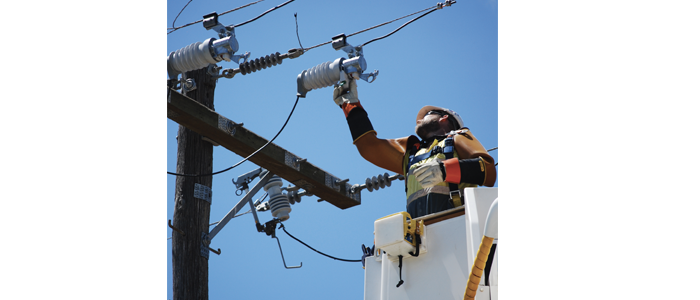- +61 7 3374 2877
- Email Us
As rural lateral lines are installed in remote locations, they can be vulnerable to frequent faults and incur significant maintenance and restoration costs while generating modest revenues.
They are also located in areas that are difficult to access, bushfire-prone terrain to service a small number of customers. Some network operator challenges are making an appropriate level of investment while mitigating bushfire risks resulting from network electrical faults.
Traditional approaches to improving lateral line reliability while minimising investment and operating cost can leave network operators exposed to significant potential liabilities if found responsible for causing bushfires. Ideally, reliability should be improved while reducing bushfire ignition risk without substantial investment.
Code Red
High-risk and total fire ban bushfire days are primarily determined by the temperature, humidity, prevailing wind conditions and the amount of fuel on the ground to feed the fire. A utility may only experience a few “total fire ban” or “code red” days a year. Still, it is critical to minimise any probability of faults on the electrical network causing ignition of bushfires.

As found in the study conducted for Energy Safe Victoria by HRL Technology Pty Ltd after the 2009 Black Saturday bushfires, the risk of an arc causing ignition is essentially zero if it is extinguished in less than 20 milliseconds.
By opening and clearing the fault in a half-cycle (10 ms), ultra-fast, lateral reclosers benefit network operators by reducing operational expenditure, improving or exceeding reliability targets and mitigating fire ignition risk.
Varying Risks
On bushfire days of varying risks, it is essential to be able to remotely change the protection mode of the ultra-fast lateral reclosers dynamically and instantly. An installed Remote Control Unit (RCU) enables SCADA access to reconfigure the recloser protection remotely. Typical protection changes are applied based on the conditions. For example, where the fire risk may be classed as high risk, the protection may be set to be ultra-fast while maintaining reliability by allowing one reclose to clear temporary faults. On extreme risk or total fire ban days, the protection can be set to be ultra-fast without reclosing enabled to be totally focused on bushfire mitigation.
This means that any fault on the lateral line is disconnected in a half cycle minimising the risk of bushfires. Ensuring a fault is cleared in less than 10 milliseconds, particularly with low load currents, requires protection always to be running. To ensure the protection is always running, either a battery backup or sufficient current for self-powering should always be present. A wake-up time cannot be tolerated if the protection performance is to remain coordinated with the upstream protection. This is also critical under line maintenance, hot line, or work tag conditions.